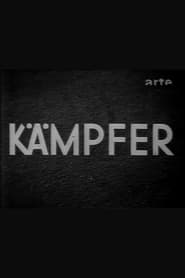detail profile konrad wolf
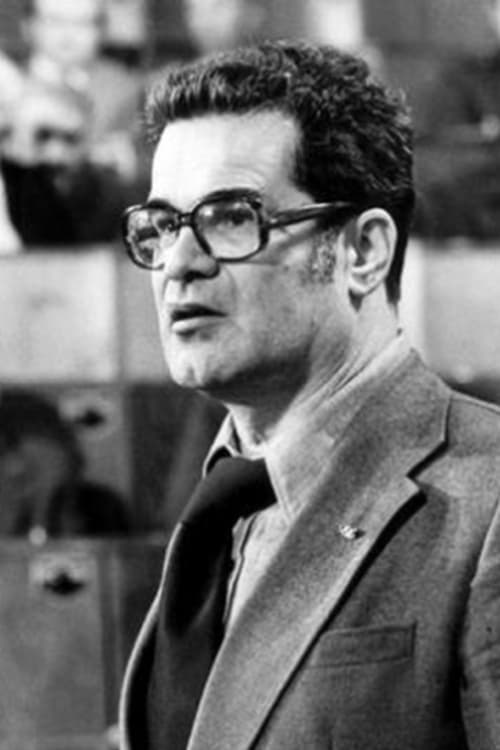
Konrad Wolf
Конрад Вольф
atau dikenal sebagai
Riwayat Hidup
Konrad Wolf was born in Hechingen in 1925 and died in Berlin in 1982.
In 1933, his family emigrated to the Soviet Union.
At the age of 18, he joined the Red Army and came to Germany as a lieutenant in 1945.
He studied Directing at the Moscow Film School in 1949 and worked as an assistant director to Kurt Maetzig at the DEFA Studios in 1953.
Info Pribadi
Peran Yang Di Mainkan Konrad Wolf
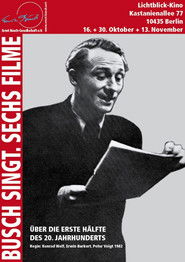 Busch singt consists of 6 films About...
Busch singt consists of 6 films About...Busch singt – Sechs Filme über die erste Hälfte des 20. Jahrhunderts 1982
"Busch singt" consists of 6 films "About the first part of our century" and does not present Ernst Busch only as a singer but is a film with and about Busch as a chronicler and fighter for communist ideals of his time. Konrad Wolf died during the production, he directed part 3 "1935 oder Das Faß der Pandora" and part 5 "Ein Toter auf Urlaub".
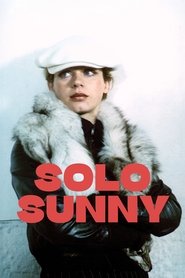 Sunny is the singer of band...
Sunny is the singer of band...Solo Sunny 1980
Sunny is the singer of band trying to establish itself in the music-scene of East-Berlin. They play regular gigs in small towns, but Sunny feels out of touch with the audience and her life as a whole. She begins a relationship with the amateur saxophonist and studied philosopher Ralph who writes her a very personal song - but his obsession with death and unfaithful lifestyle is not for her. After getting into a quarrel with a band member who harasses her and telling off a show-host she is thrown out of the band. Abandoned, she struggles to regain control over her life.
 In a Russian POW camp four...
In a Russian POW camp four...Mama, I’m Alive 1977
In a Russian POW camp, four Germans determined to end WWII agree to pose as Red Army soldiers. Are they patriots or traitors, heroes or opportunists? Although they go to the frontlines, their new Russian comrades are initially unsure whether to trust them. Three of them then accept a mission behind German lines, but they are unprepared to fire upon their countrymen and it ends up costing the life of a Russian soldier. In the meantime, the fourth man has fallen in love with Russian radio operator Svetlana. After being criticized by the other Russians, he too agrees to participate in the mission..
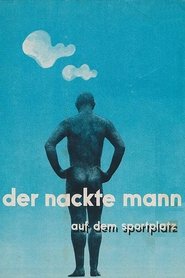 In this film Wolf and scriptwriter...
In this film Wolf and scriptwriter...The Naked Man in the Stadium 1974
In this film, Wolf and scriptwriter Wolfgang Kohlhaase explore the role of art and the artist in socialist society. A sculptor questions the reception and value of his work, in a delicately nuanced narrative interweaving personal memories, historical dilemmas, and political defeats.
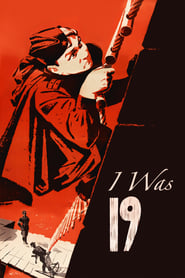 A young soldier enters Germany with...
A young soldier enters Germany with...I Was Nineteen 1968
A young soldier enters Germany with Soviet troops at the end of WWII, feeling like a stranger in his homeland. As he meets Germans, he grapples with his ambivalence, realizing he is both a victor and one of the vanquished. His inquisitive nature leads him to confront the atrocities and lies he encounters along the way.
 After a breakdown Rita returns to...
After a breakdown Rita returns to...Divided Heaven 1964
After a breakdown, Rita returns to her childhood village in 1961. As she recovers, she remembers the past two years: her love for the chemist Manfred, ten years her senior; how his enthusiasm about his new chemical process turned to bitter disappointment in the face of official rejection; how he escaped to West Berlin a few weeks before the Wall was built and hoped that she would follow him …
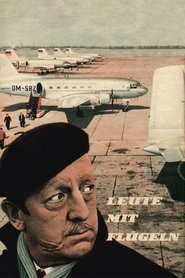 This film continues the story of...
This film continues the story of...People with Wings 1960
This film continues the story of radio operator Ludwig Bartuschek from “The Sailor’s Song”. Near the end of the Weimar Republic, Bartuschek (Erwin Geschonneck) is working as a mechanic in the Sperber airplane plant. Director Dehringer offers him the opportunity to train as an airplane constructor if he is willing to give up his communist beliefs under oath. Bartuschek will not allow himself to be bought and instead joins the underground resistance movement.
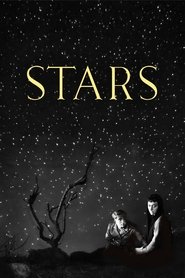 Stationed in a secluded Bulgarian village...
Stationed in a secluded Bulgarian village...Stars 1959
Stationed in a secluded Bulgarian village in 1943, Walter – a German Wehrmacht sergeant and artist – lives in almost idyllic distance from the war. Then a transit camp is set up for Jews arriving from Greece. When Ruth, one of the internees, asks Walter to help a pregnant woman, the two form an unlikely bond.
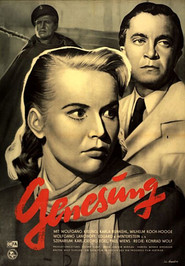 The authorities expect the case of...
The authorities expect the case of...Genesung 1956
The authorities expect the case of Friedel Walter, alias "Dr. Mueller," to be a straightforward one: he was working as a doctor without proper credentials under a false name. But Mehlin, the man in charge of his case, knows that there is more to the story. When he was injured fleeing from a concentration camp, resistance worker Irene asked her medical student boyfriend Walter to give him medical care.
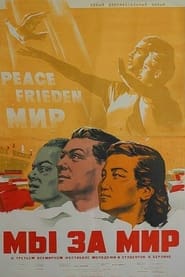 Film about the third Weltfestspiele der...
Film about the third Weltfestspiele der...Friendship Triumphs 1951
Film about the third 'Weltfestspiele der Jugend und Studenten für den Frieden' in East Berlin, 1951. West Germany is represented as a degenerate country which has been occupied by the Americans and is still inclined to fascism. We see the construction of the stadium, the departure and arrival of the delegations, the opening and closing by Enrico Berlinguer, a sports event, the parade of the delegations, a visit to Potsdam, folk dancing, and police violence against youngsters from West Berlin who want to visit East Germany because of the games. The film is interlaced with shots from the Korean War and a parade by NATO-troops in West Germany. Featuring Robert Montgomery, Konrad Adenauer, Wilhelm Pieck, Dwight Eisenhower, Robert Leer and Erich Honecker. The crew comprised no less than 24 cameramen. This project was the first great colour film Ivens co-operated in.
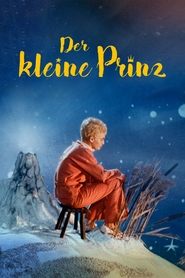 Adaptation of Antoine de SaintExuprys novella...
Adaptation of Antoine de SaintExuprys novella... A socialist story of atoms for...
A socialist story of atoms for... As a painter in the court...
As a painter in the court...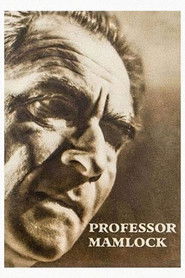 A Jewish chief of surgery in 1933...
A Jewish chief of surgery in 1933... In 1930s Berlin a womans life...
In 1930s Berlin a womans life... A musician seeks a peaceful vacation...
A musician seeks a peaceful vacation...